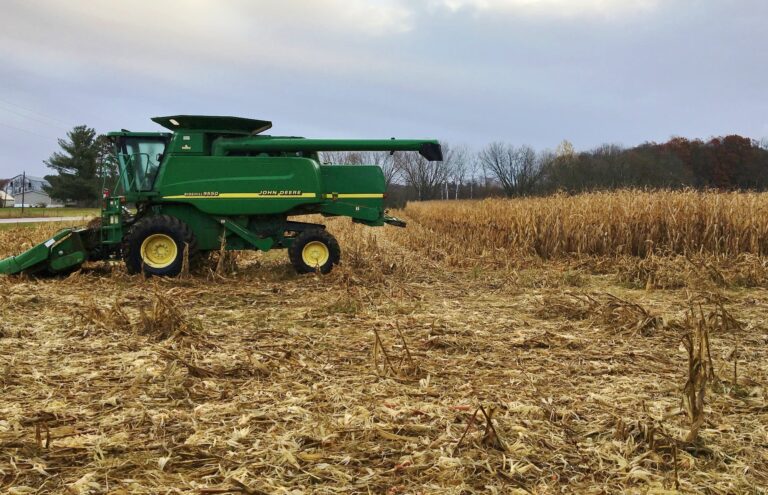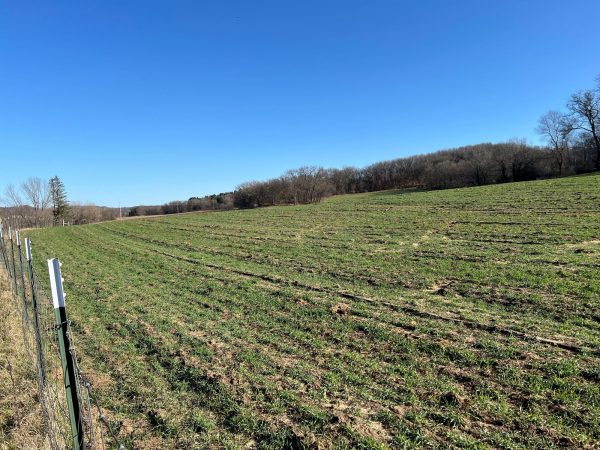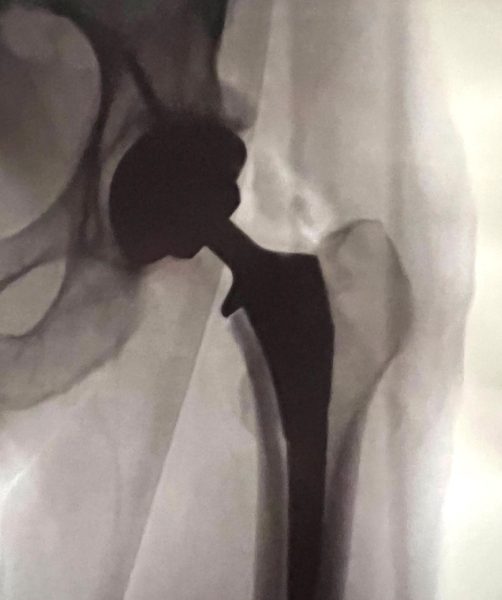Harvest time means busy time
October 10, 2021

It’s harvest time in the country, with farmers busy in the fields at all hours of the day collecting the annual crops.
The warm and dry fall has created ideal harvest conditions so far across much of Wisconsin. For the week ending Oct. 3, temperatures were anywhere from 5 to 13 degrees warmer than normal.
“Farmers made good progress with harvest and other fieldwork,” stated the Oct. 4 weekly crop report from the U.S. Department of Agriculture. Crop harvesting is ahead of schedule, with corn harvest at 12% complete — nine days ahead of normal.
Today’s large combines make short work of picking corn, which is put directly into a large grain truck and hauled away. It’s a big change from 40 to 50 years ago when corn on our family dairy farm was chopped with a two-row head for silage or was picked with a single-row picker into a gravity box.
The corn that wasn’t chopped on our farm was harvested for high-moisture storage, which normally ranges from 24% to 33%, compared to 15% for dry-corn storage. The statewide moisture content of field corn harvested for grain stood at 23% as of Oct. 3.
It was often my job to balance inside the gravity box. I would use my legs and feet to push the cobs into the auger that fed the hammer mill, which ground the corn before it was blown into the silo. The days were long and corn harvest would go on for weeks. It was always a big relief to have all the corn picked and stored.
If the corn was too dry, we’d need to add water; propionic acid was used to aid as a preservative. I can still hear the loud roar of the hammer mill, see the fine husks of corn floating through the air like snowflakes, and smell the freshly ground corn and the acrid aroma from the acid.
I would arrive home from school after sports practice and start milking cows at 6 p.m. while my dad and his hired hand worked on picking corn. By the time the cows were milked, it would be 9 p.m. before we had supper — or even later. Then there was homework to do.
Here’s to a safe and productive harvest season for our farmers.
Fall-blooming lilacs not normal
I’ve been seeing a few social media posts and noticed in my drives through the country that some lilacs are going through a fall bloom. That’s not normal for a spring-blooming plant, but apparently, we can blame the weather.
A similar situation occurred in 2019 across some parts of Minnesota. Julie Weisenhorn, an associate professor at the University of Minnesota-Extension and UM-Department of Horticulture told WCCO the blooms were likely due to weather patterns. A combination of warm and cold temperatures — a cooler August and a warmer September — can trick the plants into thinking that fall is spring.
None of our lilac plants — which hardly bloomed this past spring because of a late frost — have sprouted blooms this fall. We’re jealous of others who are enjoying the fall blooms, but there is a downside. The branches that are blooming this fall will probably not bloom next spring. So enjoy the flush now – while you can.






















